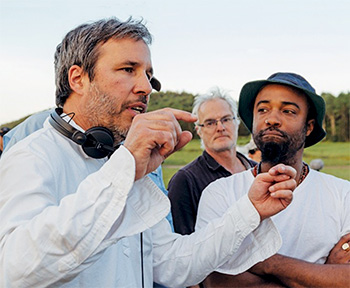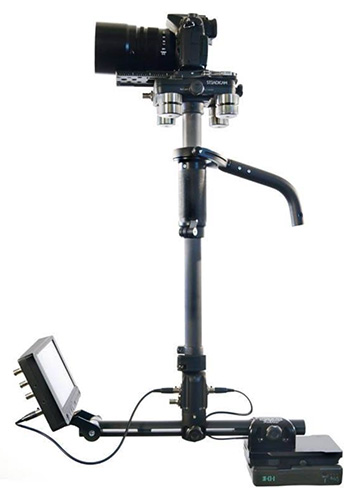… for Random Weirdness
Tip #1545: What Media Tech Can Expect Post-Pandemic
Larry Jordan – LarryJordan.com
Life will not be the same – hopefully, it will be better.


This article, written by Jenny Priestley, first appeared in TVBEurope.com. This is a summary.
TVBEurope wanted to find how the industry is feeling about the future. We asked a number of key industry figures how they view the next 12 months and whether the industry will return to pre-pandemic workflows.
“A lot of what has been put in place to cope with the pandemic, will become established ways of working and doing business, including home and remote working, remote production workflows, increased streaming volumes and direct to consumer propositions,” says James Arnold, chief commercial officer at Red Bee Media.
“On the vendor side there have been some excellent changes made during the last 12 months,” said Ciaran Doran, Rohde & Schwarz’s director of marketing, broadcast and media. “Such as improving how we demonstrate products and solutions via cloud technology and video conferencing – meaning we don’t all jump on a plane as fast as before. This not only improves efficiencies but saves the planet. But it’s crucially important that we return to getting to meet each other because creativity is at its peak when we engage with each other – and business flows from that human interaction too. Overall, we don’t see the future as a challenge, we see it as exciting. When the day to day rules get broken new opportunities arise and that’s when innovation takes a leap forward.”
“I think we learnt that change is possible if we really have to and used in the right way, technology is a facilitator of quick change more than we think,” adds Erik Ahlin, head of sales and marketing at Vidispine. “I think we also learnt that face-to-face meetings and interaction is still very important. It seems highly unlikely that even as travel restrictions and social distancing measure ease that any business, including the media industry, will return completely to pre-pandemic ways of working – not least because we were already trending towards many of the changes that have been made, those trends have just been accelerated.”
Yvonne Monterroso, director product management, at Dejero believes the pandemic has accelerated the adoption of new technologies and transformed future workflows into the workflows of today. For her, the key word for the next 12 months is enablement: “In the longer term, I don’t think we’re going to be talking about bit-rates or encoding formats or networks speeds or if it’s cloud or on-premise, we’re just going to be talking about enablement – talking about people and how their jobs can be simplified from a technical and content perspective, no matter where they are located.”














